
Olympic athletes are an inspiration to many. The athletic feats they achieve are beyond the capability of most mere recreational athletes. Their focus, determination, agility, and athletic ability propel them to ever-new heights, often at the risk of injury from accidents or overuse.
In 2008, the International Olympic Committee (IOC) implemented a multi-sport injury surveillance system and recorded the number of participants and injuries for most Olympic events. In each Olympics, the British Journal of Sports Medicine (BJSM) collates data on the injuries at each Olympic Game. The data was collated for both the summer and winter Olympics. A study by Casinority gathered data from four Summer Games and calculated the most dangerous summer disciplines.
At SnowBrains, we are naturally keen to know what that data would look like for the Winter Games. We compared data from the 2010, 2014, 2018, and 2022 Winter Games collated by Dr. Torbjørn Soligard and Lars Engerbretsen to determine the sports with the highest risk factors. It is important to note that injuries can occur during both training and competition.
#5: Aerials — 25.2%
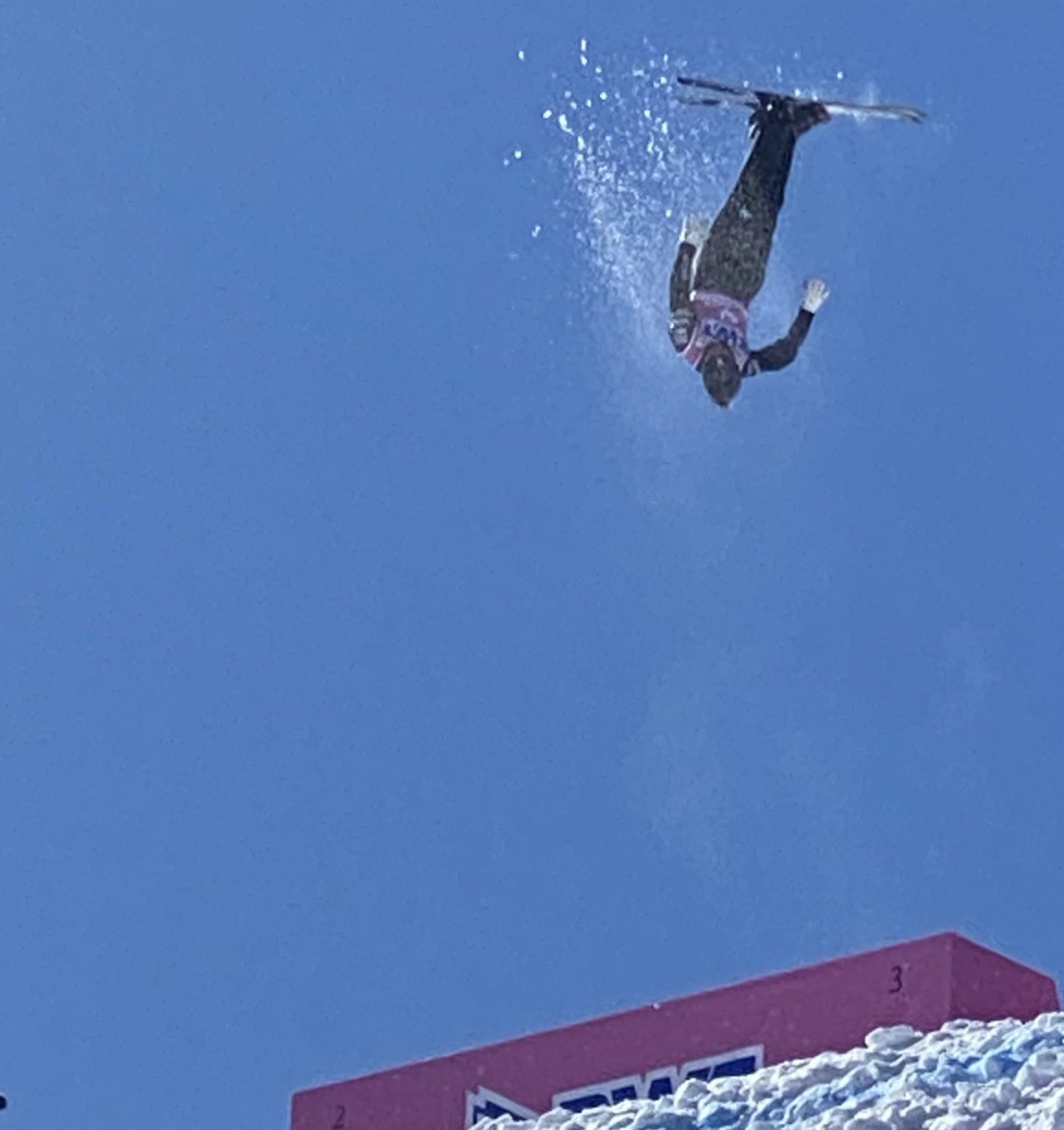
#4: Snowboard Slopestyle — 27.1%
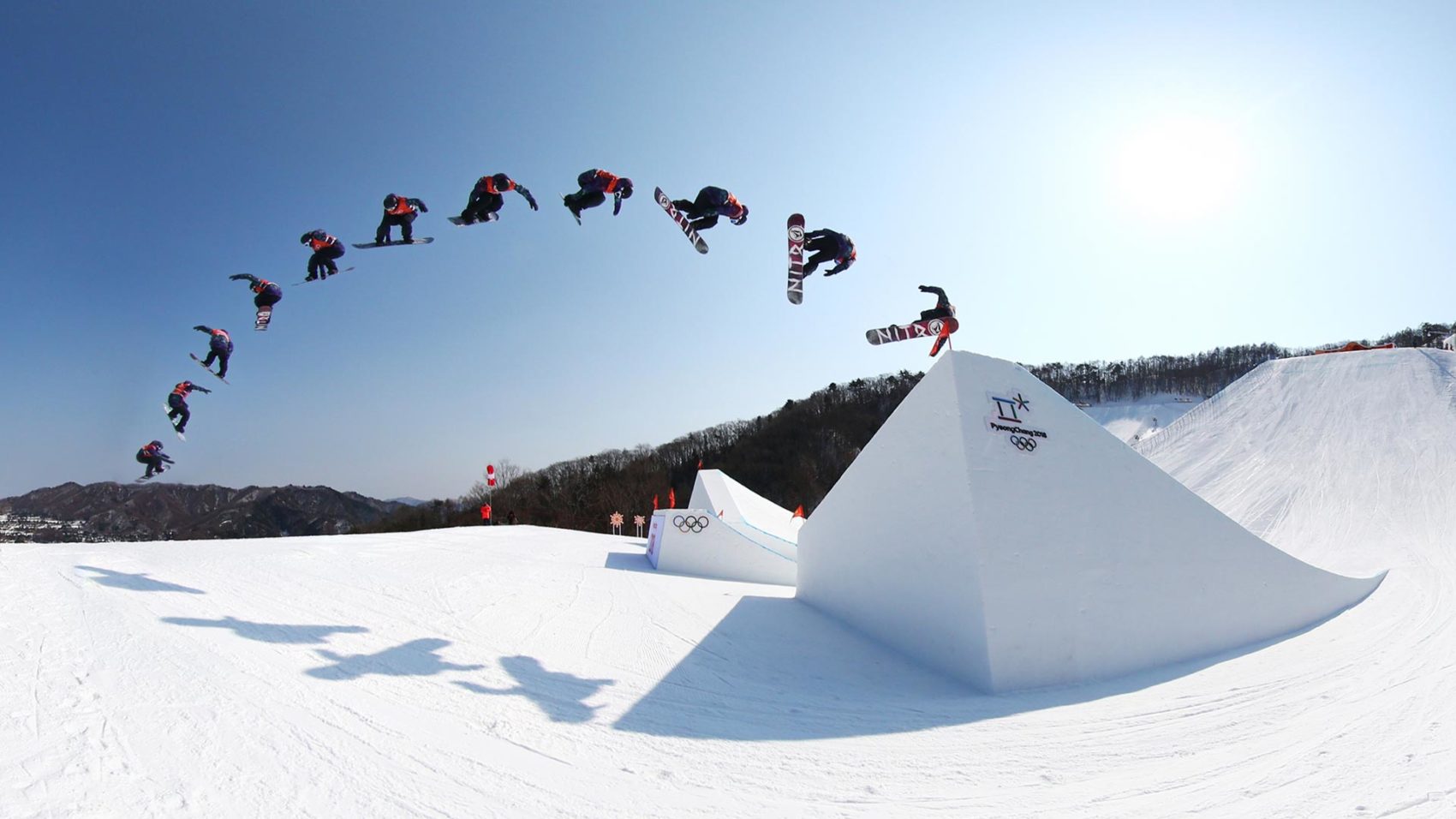
#3: Snowboard Cross — 27.6%
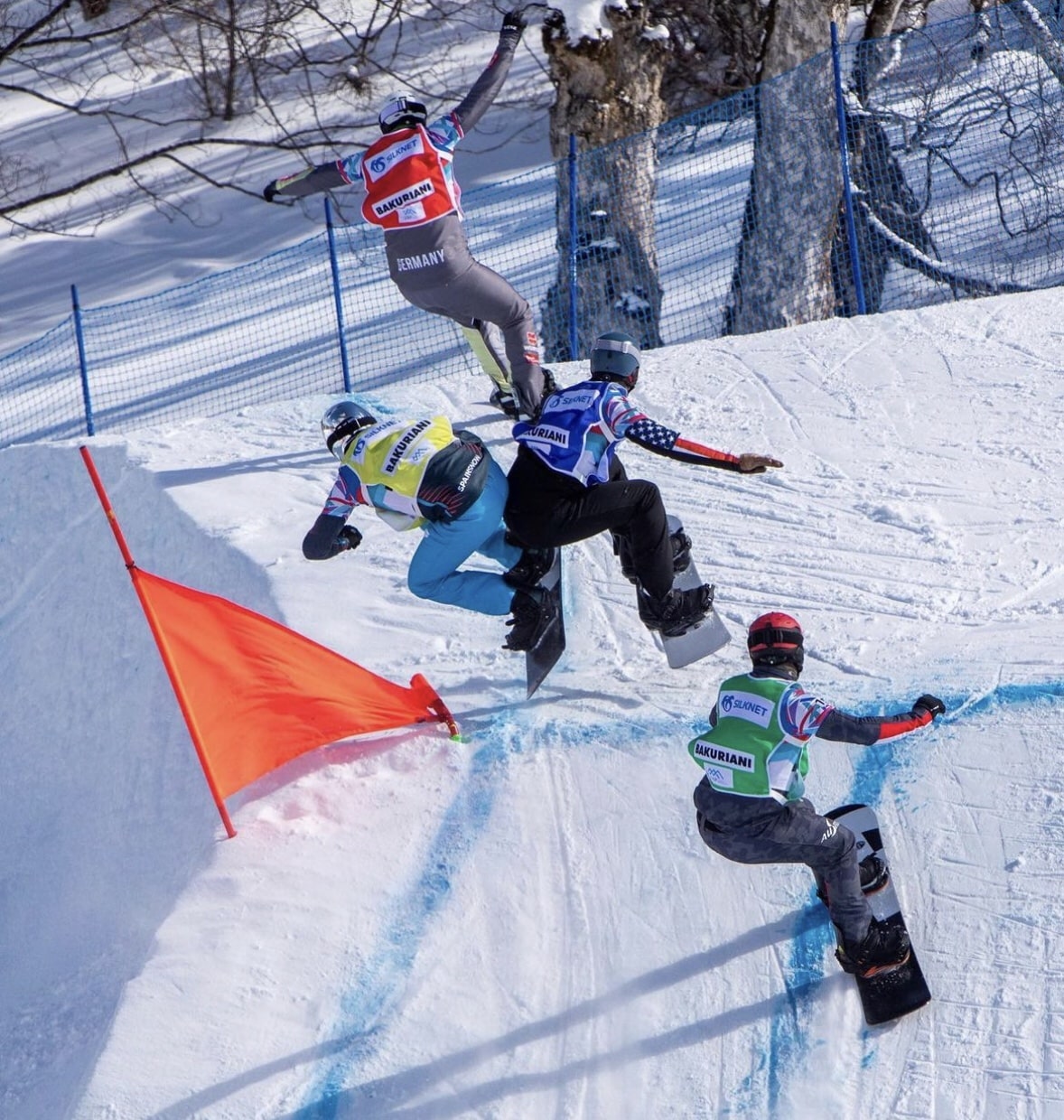
#2: Freestyle Skiing Halfpipe — 27.7%
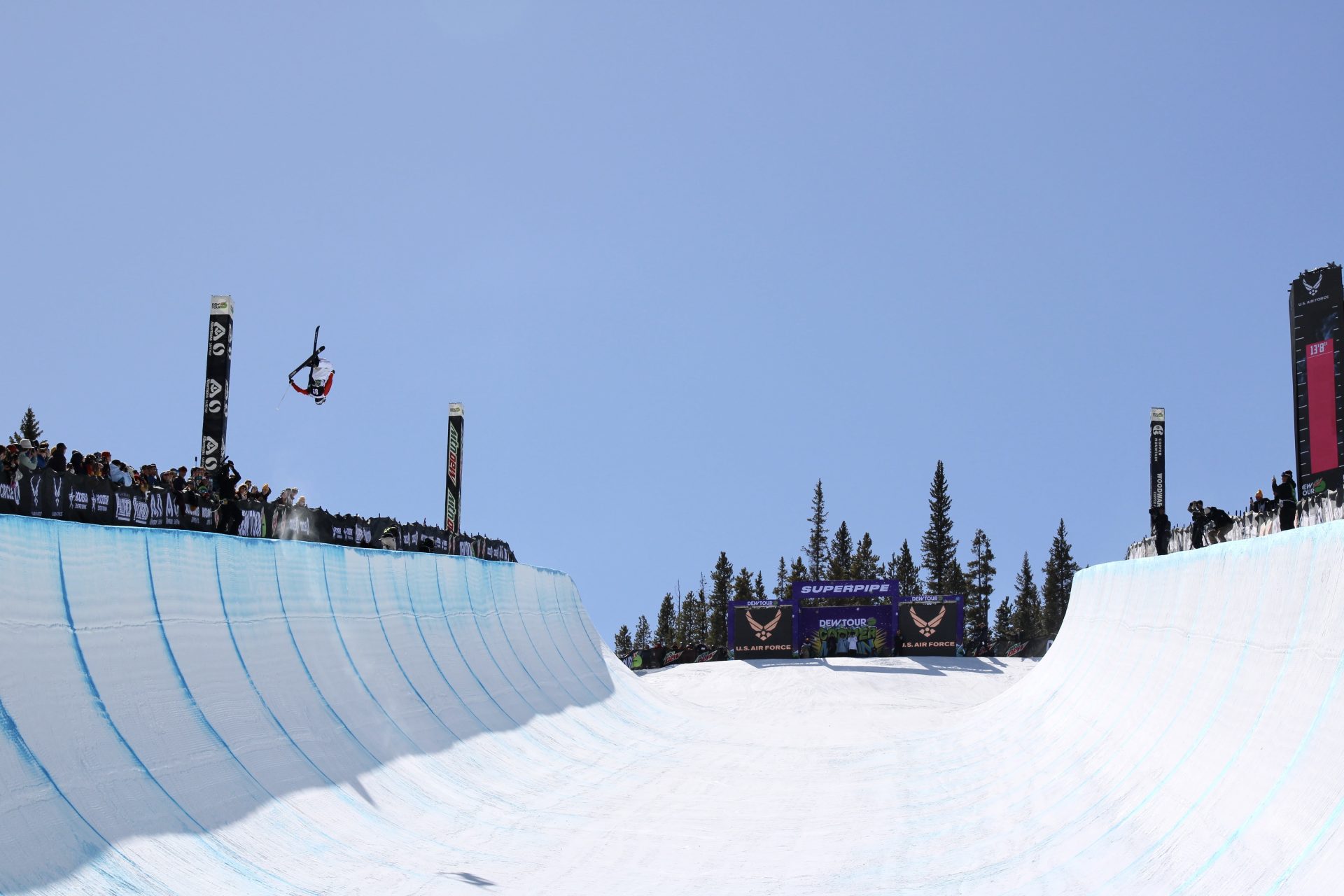
#1: Freestyle Skiing Big Air – 28.0%
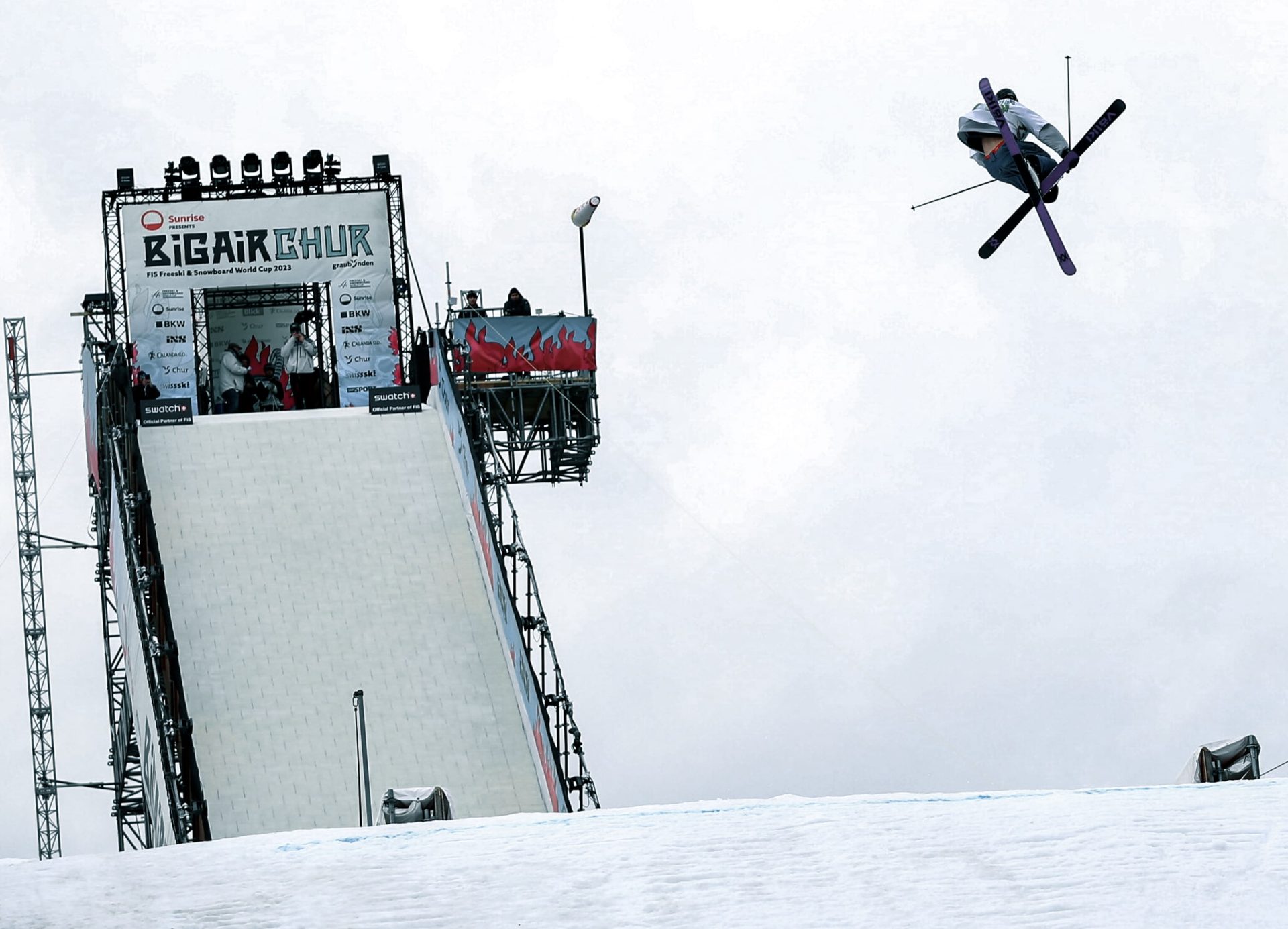
We would like to highlight a few caveats about these percentages. First, the percentages are based on the number of injuries, not on severity. Then, it is important to note that some sports show a higher variance than others. Aerials, for example, had an outlier year with 48.8% of all aerials athletes injured, which blew out the average. In addition, it is important to note that some disciplines were not introduced until midway through the available data or even at the end, such as Freestyle Skiing Big Air, which only has one data point, most likely skewing the results. Slopestyle premiered in 2014; therefore, it only has three data points. It is, however, interesting to note that all of the top five most dangerous winter sports are disciplines inside Freestyle skiing and boarding. Last but not least, we need to mention that data for the 2010 Winter Olympics are insufficient, as this was the first time such data was collected, and incomplete data was received from national sports associations with regard to 100 injuries (more than a third of injuries that year), leaving some gaps.
When looking at the gravity of injuries, Snowboard and Skier Cross statistically have the highest proportion of serious injuries. Serious injuries are classified in this study as injuries that result in more than seven days of absence from the sport. It is not surprising that the Snowboard Cross and Ski Cross rank so high in terms of serious injuries, given that athletes have to progress through several heats while competing against three other skiers/boarders. The speed and difficulty of ski and boardercross, combined with the potential element of physical contact with other athletes, set up higher-risk situations than other disciplines, where no contact and only one heat are run. While Alpine skiing typically incurs a lot of serious injuries in the speed disciplines in total numbers, the percentage of injuries is lower in Alpine than in Freestyle disciplines due to the absolute larger number of Alpine athletes compared to Freestyle athletes.
Comparing the Winter Olympics data with the Summer Olympics data brings an interesting similarity to light. The rate of injuries is basically the same: around 11-12% of athletes typically suffer an injury during training or competition at both the Summer and Winter Games. The severity of injuries is slightly higher for Winter Games, with, on average, 15% of those injuries resulting in an estimated absence from training or competition for more than one week, whereas in summer sports, the percentage was 13%.
Each Winter Olympics, approximately 45-60 athletes will sustain serious injuries during training or competition. Of these injuries, about a quarter are fractures and about a third are ligament ruptures. Other serious injuries are concussions, dislocations, and contusions. Sadly, for some of these athletes, these injuries will mean not just weeks but months away from their chosen sport, painful surgeries, and lengthy rehabilitation efforts. Sometimes, these injuries can even be career-ending, which you don’t see as often in Summer Games.
Highlighting the higher risk of the Winter Olympics is also the fact that the Winter Olympics have also seen four deaths as a direct result of the sport, with the most deaths occurring in Luge. In 1964 and in 2010, two luge athletes died while training or competing when they crashed and suffered traumatic injuries. In addition, Australian Alpine skier Ross Milne died on a training run in 1964 when he hit a tree in Innsbruck, Austria, and Switzerland’s Nicolas Bochatay died when he crashed into a snow groomer during speed skiing practice which was a demonstration event at the 1992 Albertville Winter Games.
Injuries, unfortunately, go hand-in-hand with high-risk sports such as skiing or snowboarding. The unwavering commitment these athletes show every four years to be at their peak for the Olympics deserves just as much admiration as their athleticism, skill, and grace on snow and ice. The frustration of suffering an injury at the pinnacle of your career is hard to imagine for recreational skiers and boarders. However, injuries are just one of the many costs of the Olympic dream, with many athletes spending months away from family and friends due to the remote location of training facilities for most winter sports. When you see the joy on the athletes’ faces at the opening and closing ceremonies, as we did now in Paris, though, it is clear that all their struggles are worth it to fulfill the dream of simply attending the Olympics.